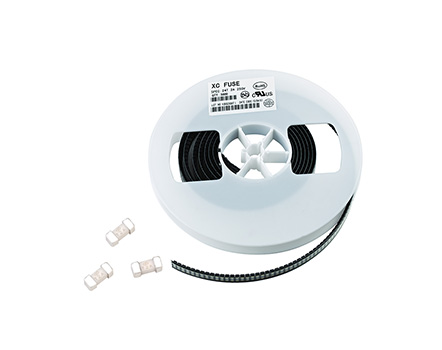
Fuses have resistance values, but in fact, even wires have resistance. However, the resistance of the wires is very small (the nature of the conductor), which is usually ignored in general circuit calculations. However, the resistance of a fuse is significantly higher than that of an equally long wire, so that it can protect the circuit.
The fuse is marked with "5A 250V", indicating that the maximum current allowed for Shenzhen fuses is 5A, which is called the rated current; The maximum voltage allowed to pass through is 250V, which is called the rated voltage. If the current or voltage exceeds the rated value, the fuse will blow, causing the circuit to open, thus protecting the consumer (without a fuse, the consumer may be burned out).
The principle of fuse blowing is Joule's law. Joule's law: The heat generated by an electric current passing through a conductor is proportional to the square of the current, to the resistance of the conductor, and to the time it is energized. Joule's law mathematical expression: Q=I ² Rt, exported formulas include Q=UIt and Q=U ² 2/R × T. All the work done by the current in the fuse generates heat, that is, all electrical energy is converted into internal energy, at which point Q=W. So, when I or U exceeds the rated value, Q becomes larger, causing the fuse to not dissipate heat in a timely manner and overheat, ultimately blowing.
In general, when the circuit current or voltage exceeds the rated value, the fuse will not immediately blow because the fuse allows for a larger current or voltage value, allowing for short-term over working conditions. That is to say, if you find that the circuit current or voltage is abnormal, you still have the opportunity to correct it. However, for accidental errors (such as a short circuit in the main line), the fuse may have blown before the wire caught fire. You can only take precautions in advance and there is no chance of regret.
Read recommendations:
bimetal thermostat for samsung refrigerator
air conditioner fuse keeps tripping.What is the significance of the rated voltage of a fuse